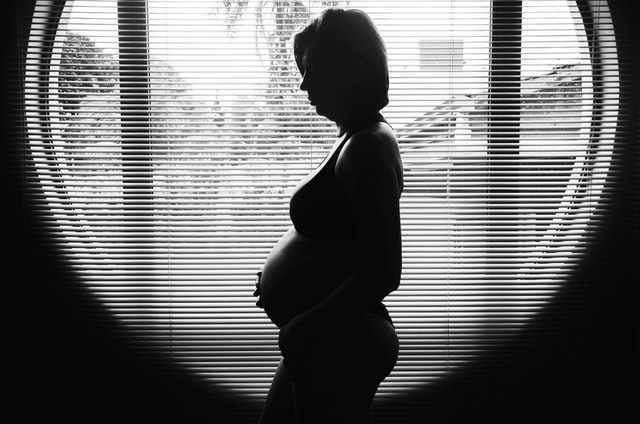Identifying and Treating Heat-Related Illness
One of the most pressing modern-day issues is climate change. In many parts of the world, the effects of climate change are presenting themselves through rising temperatures in a phenomenon known as global warming. In fact, for almost a decade there have been record breaking temperatures throughout the planet, which has led to collateral damages such as a severe rise in heat related illness. And while the emphasis should be placed on trying to remedy the actions that have led us to this bleak state, it is equally important to equip individuals with the necessary tools to combat heat related illness.
Heat-related illness can develop or appear in a variety of ways depending on its relative severity. The most severe type is a heat stroke, defined by an elevation of body temperature beyond 40 degrees Celsius, which can lead to life threatening central nervous system dysfunction. Heat strokes are common among older people who tend to also be dealing with other health concerns and in younger people who have been doing heavy exercise. Heat exhaustion is less severe than a heat stroke and is characterized with a combination of weakness, nausea, and dizziness due to a decrease in water or blood content. In these cases, body temperature remains below 40 degrees Celsius and there are no nervous system defects. Many other types of heat related illnesses are categorized under mild-severity such as heat syncope, heat edema, heat cramps, and heat rash.
Heat-related illness can develop or appear in a variety of ways depending on its relative severity. The most severe type is a heat stroke, defined by an elevation of body temperature beyond 40 degrees Celsius, which can lead to life threatening central nervous system dysfunction. Heat strokes are common among older people who tend to also be dealing with other health concerns and in younger people who have been doing heavy exercise. Heat exhaustion is less severe than a heat stroke and is characterized with a combination of weakness, nausea, and dizziness due to a decrease in water or blood content. In these cases, body temperature remains below 40 degrees Celsius and there are no nervous system defects. Many other types of heat related illnesses are categorized under mild-severity such as heat syncope, heat edema, heat cramps, and heat rash.
Image Source: Pixabay
Individuals have varying susceptibility to heat-related illnesses based on a variety of factors. Older people and pregnant women tend to be more susceptible. Drugs and medications such as alcohol, antihistamines, and many others also can increase risk for heat related illness and can be further explored in the paper. Alcohol, for example, can induce potential lapses of judgment regarding the severity of the heat which could potentially lead to problems. Also, alcohol can interfere with normal bodily processes and lead to dehydration and issues with vasodilation and cardiac output. Along with alcohol, another common drug which can increase susceptibility to heat-related illnesses is antihistamines or allergy medications which can lead to vasoconstriction and prevent the body from cooling off.
Treatment options for almost all heat related illnesses begin with removing the patient from heat. When treating heat stroke, ensure airway, normal breathing, and circulation, in individuals before beginning rapid cooling with cold water and intravenous rehydration to help lower body temperature and replenish fluids. After on-site cooling, rush the patient to the closest emergency department. For heat exhaustion treatment, place the patient in supine (or flat on their back, face upward) and allow them to rest while applying evaporative cooling measures such with cool water and either intravenous or oral hydration.
It is key to understand prevention strategies for the general public and especially for athletes and outdoor workers. It is critical that the general public, especially athletes and outdoor workers, are educated about heat related illness prevention strategies.
Treatment options for almost all heat related illnesses begin with removing the patient from heat. When treating heat stroke, ensure airway, normal breathing, and circulation, in individuals before beginning rapid cooling with cold water and intravenous rehydration to help lower body temperature and replenish fluids. After on-site cooling, rush the patient to the closest emergency department. For heat exhaustion treatment, place the patient in supine (or flat on their back, face upward) and allow them to rest while applying evaporative cooling measures such with cool water and either intravenous or oral hydration.
It is key to understand prevention strategies for the general public and especially for athletes and outdoor workers. It is critical that the general public, especially athletes and outdoor workers, are educated about heat related illness prevention strategies.
Featured Image Source: Fabio Partenheimer
RELATED ARTICLES
|
Vertical Divider
|
Vertical Divider
|
Vertical Divider
|






